Mapping real networks in hidden geometry
Experimental Sciences & Mathematics
Throughout history, maps have been pivotal in shaping political, economic, and geostrategic decisions, becoming a essential part of our daily live. They serve as reliable sources of information, offering precise and relevant data. Yet, their significance extends far beyond visual appeal. Maps serve multiple purposes: they store and present information, communicate findings, reveal locational distributions and spatial patterns, and help us conceptualize spatial processes.In our ongoing quest to comprehend complex systems across diverse domains, we have advanced the science of mapping to uncover the hidden geometry of real networks. Among our recent breakthroughs is D-Mercator, a novel embedding method rooted in geometric network models. D-Mercator empowers the creation of multidimensional maps of real networks within hyperbolic space, shedding light on their intricate connectivity. By harnessing a D-dimensional spherical similarity space and a popularity dimension, D-Mercator delineates effective hyperbolic distances between nodes, with the likelihood of connections decreasing as distance increases. This innovative approach enables us to delve deeper into the essence of real networks, capturing their intrinsic dimensionality, navigability properties, and community structure.
Two views of the two-dimensional similarity space of the Add Health dataset. This dataset tracks interactions among adolescent students accross six grades. Each student is shown as a node, with its size reflecting popularity and color representing grade level. For the sake of clarity, only the connections with probability > 0.5 are shown.
REFERENCIA
You may also like...
Climate drives zoonotic pathogens spillover in the Amazon.
2023
Experimental Sciences & Mathematics
Engineering graphene-based quantum circuits with atomic precision
2023
Engineering Sciences
Fast & Steady Catalyst Design
2023
Experimental Sciences & Mathematics

